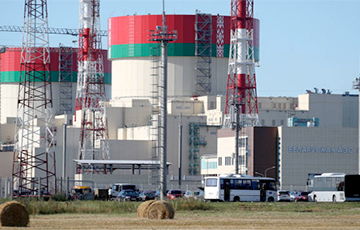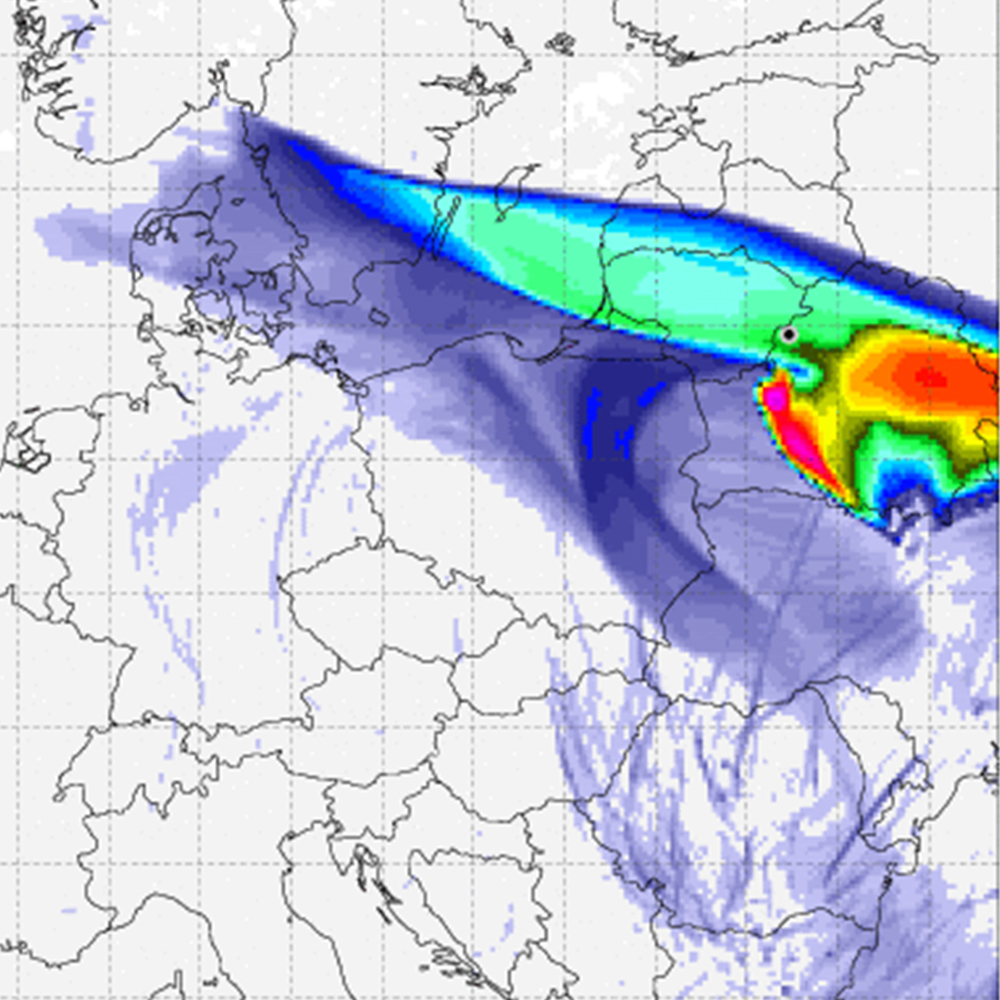Andrei Ozharovsky: Equipment Defects at BelNPP May Release a Quarter of Accumulated Radioactivity
48- 29.01.2021, 13:03
- 111,653

The reactor safety system and the vessel raise special concerns.
The chairman of the Presidium of the National Academy of Sciences of Belarus, Vladimir Gusakov, said the other day that there were "no failures, malfunctions, emergencies" at the BelNPP.
Famous Russian nuclear physicist Andrei Ozharovsky commented for Charter97.org on the statement of the science official:
- I agree with Vladimir Gusakov that there have been no emergencies (especially associated with radioactive emissions) at this power plant yet. He is wrong to say there have been no incidents.
One should realize that it is the pilot operation of the plant now. The plant is not being put into operation; the equipment is being tested to find any defects.
We see that there is some defective equipment. For example, that very voltage measuring transformer that failed just a couple of days after Lukashenka ceremonially opened the plant. That is, one can't say it was a planned event - a transformer explosion, a short circuit, and a power unit shutdown.
Of course, it is not the major part of the nuclear power plant. Nevertheless, defective equipment is installed at the nuclear power plant. No one should ever say that it was a planned transformer explosion. It's a lie.
- What other factors may point to the dangers of BelNPP?
- What else can we expect? We can expect many other problems. The NPP has many different elements that may or may not malfunction. The reactor vessel, which hit a pole during transportation and was installed later, and problems with the emergency protection system tank are of particular concern.
Defects may come to the surface later. When that very reactor safety system is required, the tank may fail to operate, or nozzles of the reactor pressure vessel may leak as they hit the pole during transportation. One should note these malfunctions are detected only in the electrical part of the NPP. So far, we know nothing about similar cases in the reactor itself, the primary circuit system, and the nuclear steam generator. It doesn't mean that everything will always work properly there.
Engineers know that many failures and problems arise when the facility is put into operation or when the operation period expires. Let me remind you that Rosatom promises this power unit will run for 60 years. Defects may not appear immediately, not in the first years, but later. That is, the danger certainly remains.
It is not possible to predict how an accident may happen at this particular power unit. However, one can say (the consensus of the world's experts confirms it) the reactor vessel may break down, the so-called pressure reactor failure, i.e. the activity release under the containment dome. The nuclear steam generator may fail. It doesn't sound as bad as the reactor failure. Nevertheless, it's a grave problem for this type of power units.
The nuclear steam generator is a tubular structure that serves as a heat exchanger and the boundary between the first and the second cooling circuit. In case of the activity release from the steam generator tube, the reactor contents at 16 megapascals spit out into the secondary circuit. It breaks as its design cannot withstand that pressure. As the result, the entire turbine hall is filled up with radionuclides from the reactor. Once again, European estimates show that about a quarter of the accumulated activity may spit out. It may cause grave contamination.
- What environmental consequences may it bring?
- Austrian scientists have analyzed the possible repercussions of the most severe radiological accident for various NPPs, including Ostrovetskaya one.
FlexRisk project analyzed the worst-case scenarios of accidents at all European plants under different conditions. The maps demonstrate the result: it's how the possible caesium-137 contamination looks like.
Red on the map means the evacuation of the population, yellow - problems with agriculture, a possible ban on agricultural activities. It is a fact that the nuclear power plant is dangerous!




Andrei Ozharovsky also published a comment on his Facebook, responding to Vladimir Gusakov's statement that Belarus allegedly needed a second and third NPP:
- I note carefully that Vladimir Grigorievich Gusakov is a scientist in the agricultural economics, an academician of the Academy of Agricultural Sciences of the Republic of Belarus.
Perhaps, he does not know much about the nuclear power industry.
Such statements are likely part of the information campaign, designed to divert attention from the problems with the first power unit. The problems still exist: the seismic hazard of the chosen site, the problems with radioactive waste and spent nuclear fuel. The risk of nuclear accidents remains.
The electricity surplus issue is still unclear. For now, the government in Belarus obliges the enterprises not to save electric power but to increase the consumption.











